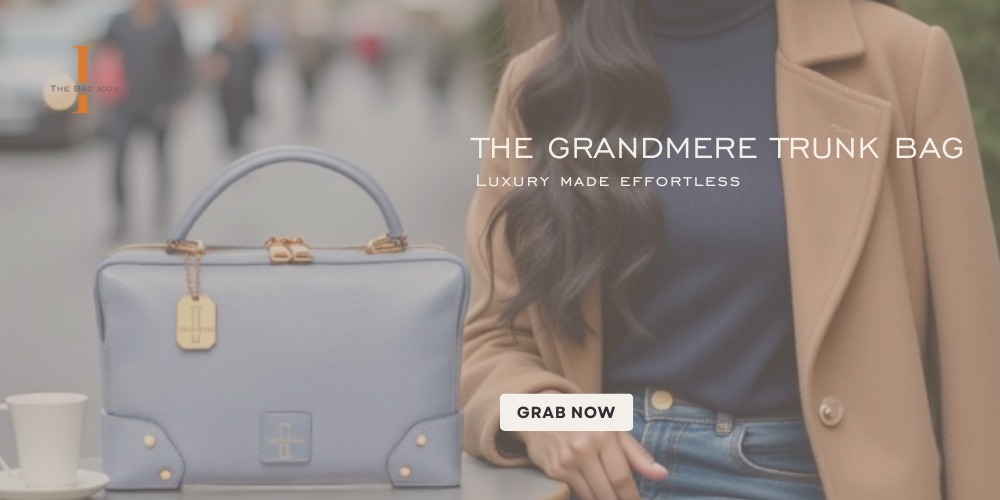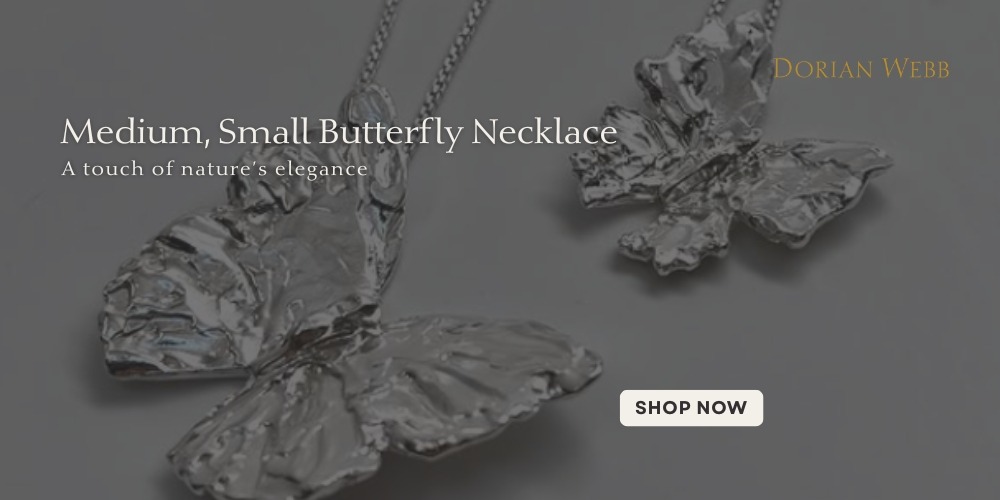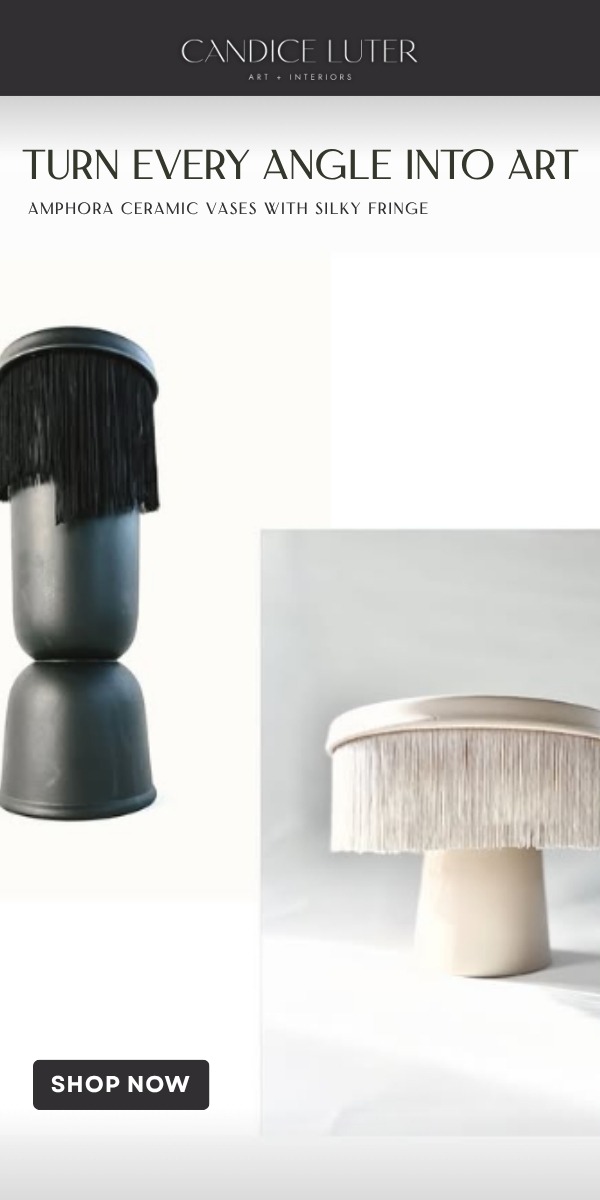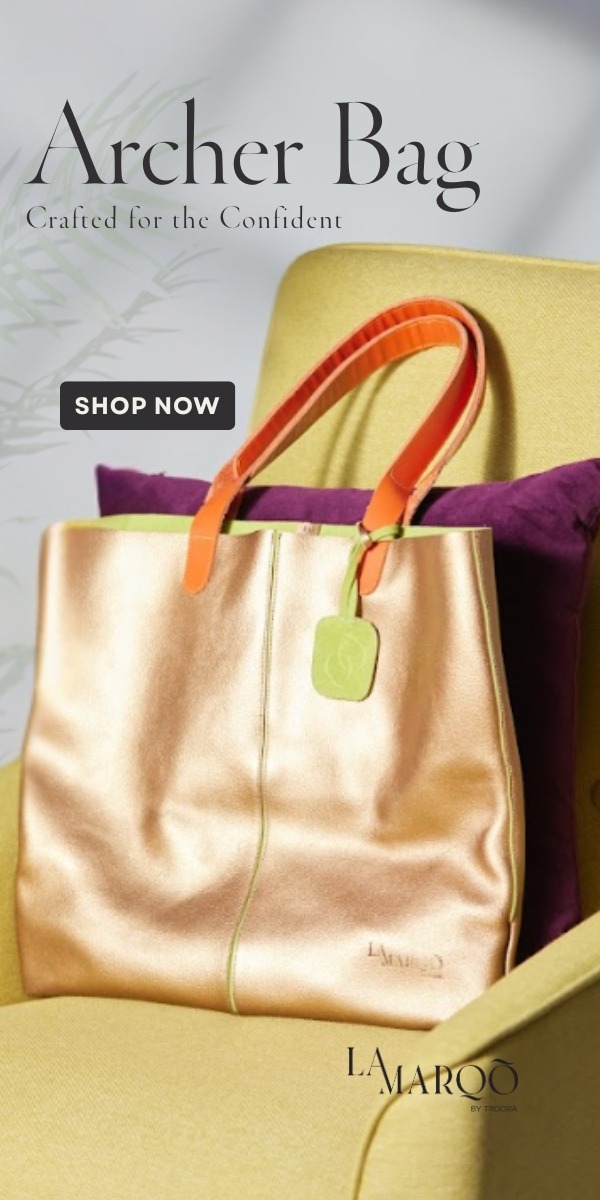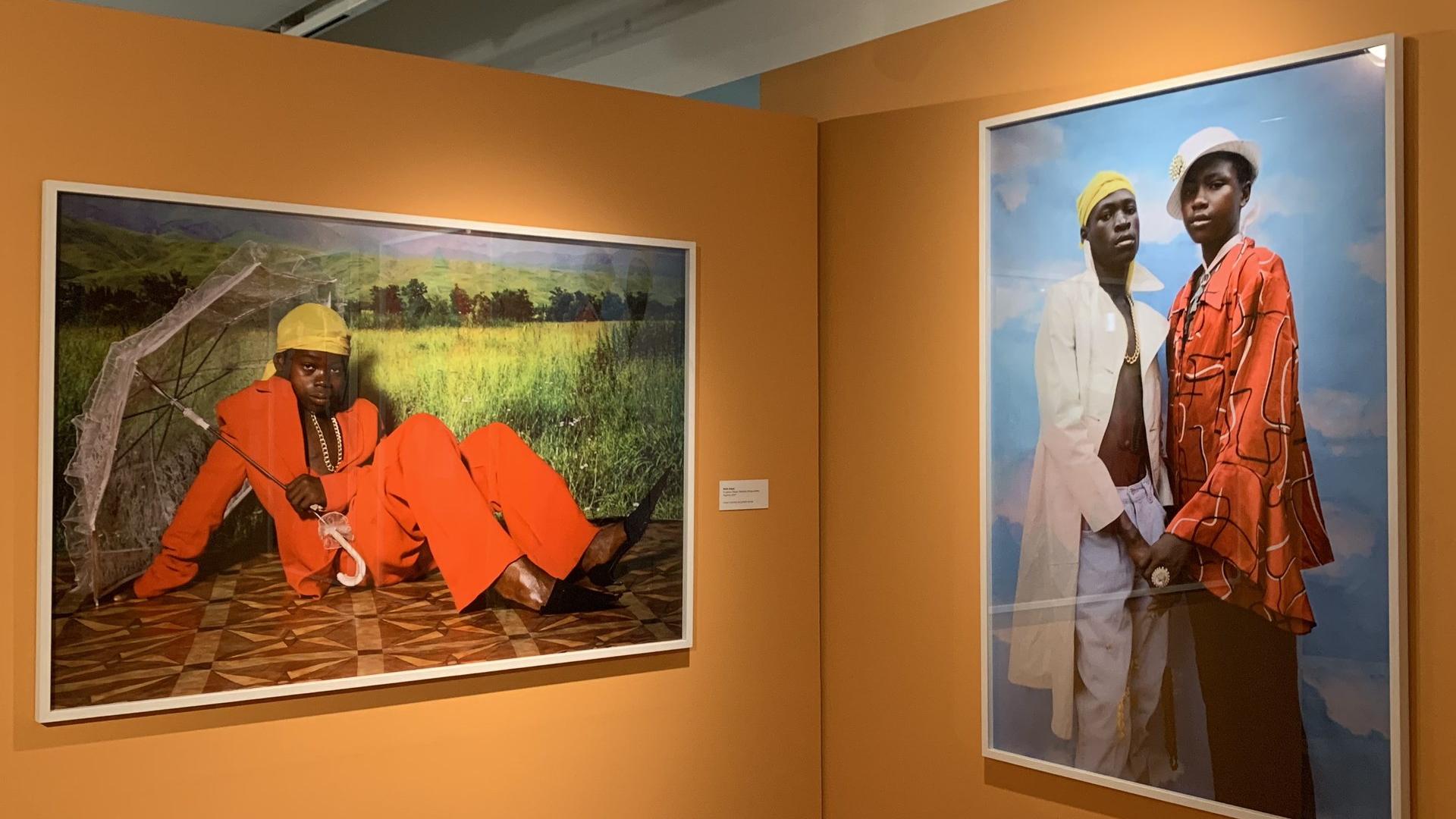Before the read
Hempcrete is a sustainable alternative to concrete that helps reduce carbon in the air as it’s used in construction.
Yes, one women-owned hempcrete company is leading the charge with eco-friendly materials and a powerful mission.
Unlike concrete, hempcrete is breathable, renewable, and actually stores carbon—all game-changers for green design.
Meet X-Hemp, The Only Women-Owned Hempcrete Company in the World
From a distance, the walls of Sativa House appear to be built out of raw concrete. When you get closer, you see the colors swirled and speckled through the surface, making patterns closer to marble. You can almost feel the rugged, organic texture, reminiscent of rammed earth or cob. This striking, simple beauty makes you realize the house is not made of concrete at all.
Sativa House is, in fact, built out of hempcrete, a sustainable building material made from the hemp plant, which is playing a growing role in eco-friendly construction. The seaside getaway sits on the shores of Bruny Island in Tasmania, Australia. It was built in 2022 by Andi Lucas, the founder of X-Hemp, as a way of showcasing hemp building materials.

You can now book the house and its sister location, Indica House, on Airbnb. Every step of your stay celebrates the miracle plant, hemp. The non-psychoactive sister to marijuana, hemp can be used for everything from clothing to food, from skincare to biodiesel. Guests can cook with locally grown hemp food products supplied by Hemp Harvests and Ananda Food, unwind with a cocktail featuring hemp-infused gin or vodka, and soak in the deep tub with handcrafted, hemp-based bath products from the Margaret River Hemp Co. They sleep on hemp linen and, above all else, experience what it is like to live in a house built of hemp.
Sativa House, alongside its counterpart Indica House, was featured on Grand Designs Australia in 2024 in an episode that brought X-Hemp and the innovative material of hempcrete into the limelight.
Hempcrete, an Eco-friendly Alternative to Concrete
Hempcrete is made from hemp hurd, the woody core of the plant’s stem. This part of the plant used to be discarded as agricultural waste in the production of hemp flowers. But when mixed with a lime-based binder, it becomes a lightweight and durable material that hardens and can be cast, like concrete, into the shapes necessary for construction.
Hempcrete makes a great material for walls, floors, and roofs, offering exceptional insulation properties. Unlike concrete, hempcrete is breathable, regulating humidity and temperature naturally, making homes cooler in summer and warmer in winter. It does have its limitations, however. Hempcrete cannot be used as a structural material on its own, so it is not suitable for load-bearing walls.
However, for inside walls, insulation, flooring, and many other uses, hempcrete presents an eco-friendly alternative to concrete, and one that is sorely needed.
Concrete production is disastrous for the environment, mainly because it requires vast amounts of cement. Cement production is responsible for approximately 8 percent of global CO₂ emissions. It involves heating limestone to extremely high temperatures, which releases significant amounts of carbon dioxide into the atmosphere.

Hemp, meanwhile, doesn’t release CO₂, and it actually sucks it out of the air. Hemp absorbs more CO₂ per hectare than any commercial crop or forest. One recent study showed that it can sequester 307 kg of CO₂ per cubic meter—the equivalent of the yearly emissions of three refrigerators. “While we’re growing it and building hempcrete, it’s sucking CO₂ the whole time and encapsulating the CO₂ in the structure,” the founder of the US Hemp Building Association Eric McKee told reporters.
X-Hemp, Where Women Build the Future
In Australia, there are few cannabis fiber processing mills, let alone ones run entirely by women. In fact, X-Hemp is the only 100 percent female-owned and run hemp facility in the world.
The company was founded by Andi Lucas, who is also the president of the Tasmanian Hemp Association, in 2020. After losing two of her homes to natural disasters, she wanted to sell a building material that was not only sustainable but also resilient to the increasing threats posed by climate change.
X-Hemp grows its own hemp crops and collaborates with local farmers to repurpose agricultural byproducts—such as hemp seed harvest stubble, which would otherwise be burned—into resources for construction, landscaping, and even the production of specialty paper and animal bedding.
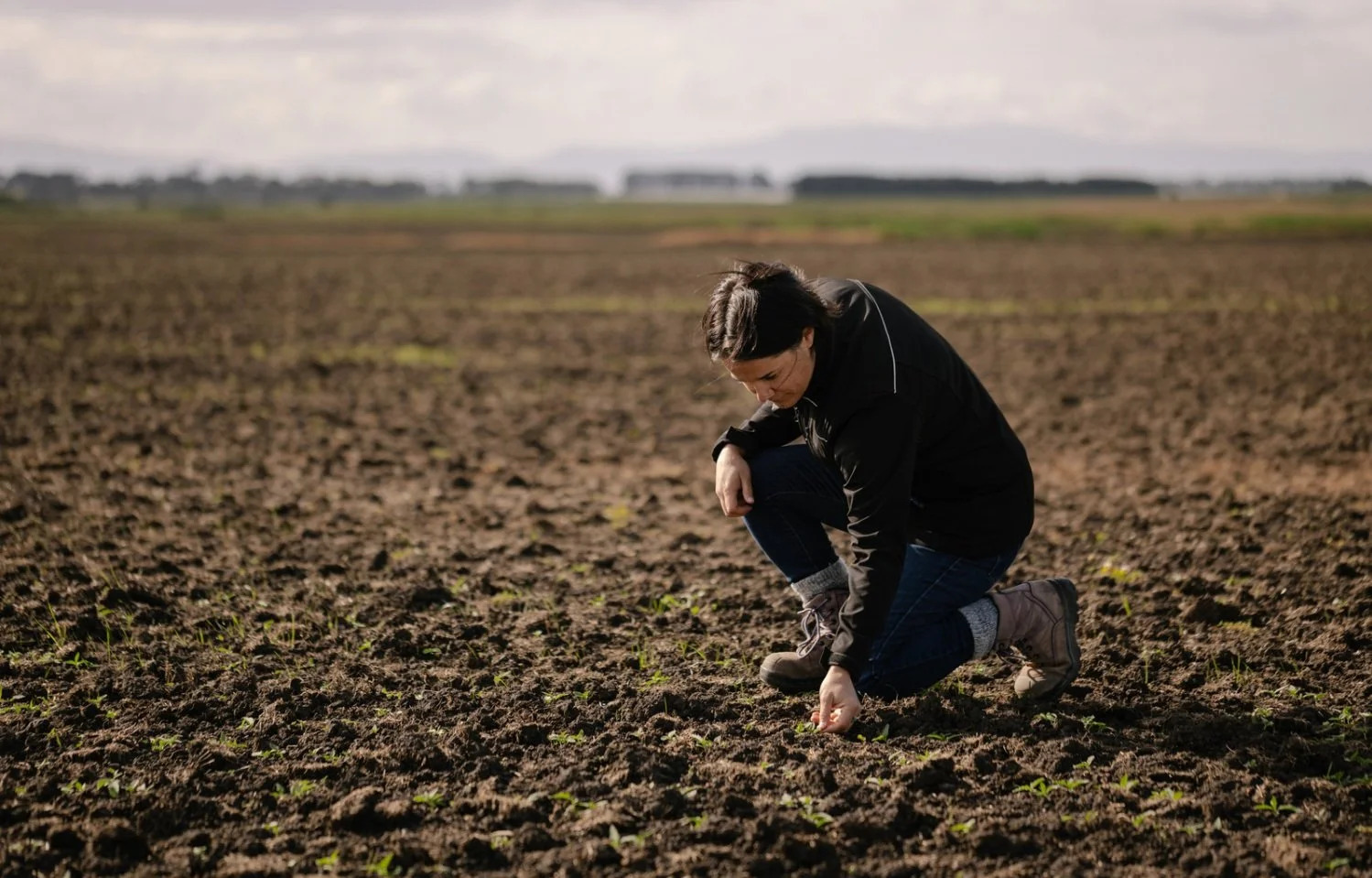
Speaking to The Australian, Lucas noted that there had been many challenges along the way. Manufacturing defects and severe storms caused repeated damage to X-Hemp’s processing facility, delaying production. Credit card companies initially flagged X-Hemp’s transactions under suspicion of drug-related activity. “We’re talking about a completely zero drug value crop. You simply can’t have any psychoactive effect off at all,” she said.
Lucas is a strong advocate for hemp and hopes to change the perception people have of it. “It needs to be drawn completely out of this concept of it being a hippie boutique, niche product….because that’s actually not what it is. It’s got a real huge utility and application in lower socio-economic situations.”
Today, X-Hemp employs nine women—half of whom are the sole earners for their families—all working part-time to balance childcare responsibilities. Allowing employees to have flexible work schedules has been key in creating a space for women in a world that is traditionally dominated by men. Hempcrete brick by hempcrete brick, these women are building a better, more sustainable future.
More by this author
The Wrap
- X-Hemp is the first and only 100% women-owned hempcrete company in the world.
- Hempcrete offers a breathable, lightweight, and carbon-negative alternative to concrete.
- Founder Andi Lucas launched X-Hemp after experiencing firsthand the impact of climate-related disasters.
- The company uses hemp byproducts to create sustainable construction materials from local agriculture.
- Hempcrete cannot support load-bearing walls but excels in insulation, temperature regulation, and environmental benefits.
- X-Hemp promotes flexible job opportunities that support women balancing work and family life.
- Projects like Sativa House showcase the beauty and innovation of building with hemp in real-world designs.



